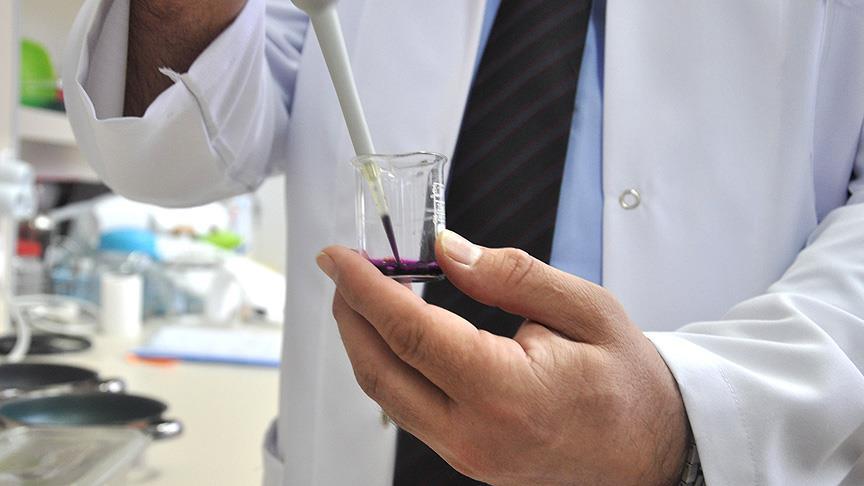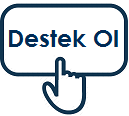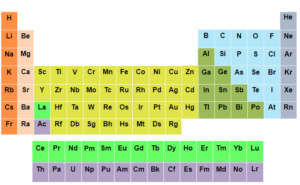What is Nanotechnology?
While many definitions for nanotechnology exist, the NNI calls it nanotechnology” only if it involves all of the following:
Research and technology development at the atomic, molecular or macromolecular levels, in the length scale of approximately 1 – 100 nanometer range.
Creating and using structures, devices and systems that have novel properties and functions because of their small and/or intermediate size.
Ability to control or manipulate on the atomic scale.
Medical researchers work at the micro- and nano-scales to develop new drug delivery methods, therapeutics and pharmaceuticals. For instance, DNA, our genetic material, is in the 2.5 nanometer range, while red blood cells are approximately 2.5 micrometers.
What products available today have resulted from Nano science?
Numerous products featuring the unique properties of nanoscale materials are available to consumers and industry today. Most computer hard drives, for instance, contain Giant Magneto Resistance (GMR) heads that, through nano-thin layers of magnetic materials, allow for a significant increase in storage capacity. Other electronic applications include non-volatile magnetic memory, automotive sensors, landmine detectors and solid state compasses.
Some other current uses that are already in the marketplace include:
Water filtration
Catalysis
A dental-bonding agent
Step assists on vans
Burn and wound dressings
Coatings for easier cleaning glass
Bumpers and catalytic converters on cars
Protective and glare-reducing coatings for eyeglasses and cars
Sunscreens and cosmetics
Longer-lasting tennis balls
Light-weight, stronger tennis racquets
Stain-free clothing and mattresses
Ink
Nanotechnology in Asia Pacific 2004
There have been significant changes in the Science and Technology Policies of Asia Pacific countries since the announcement of the US National Nanotechnology Initiative in January 2000. Nanotechnology is now one of the main Science and Technology priority areas for Asia Pacific governments. Budgets for nanotechnology R&D have been increased substantially and more strategically allocated. Total spending for Asia Pacific countries has exceeded United States Dollars (USD) 1 billion for the past 2 years and will continue to increase.
Japan has been investing in nanoscience the 1980s and after the USA is the heaviest nanotechnology R&D spender worldwide, and along with China, South Korea and Taiwan has increased its budget substantially since 2001. Australia is currently formulating a national strategy, but already has considerable infrastructure and funding in place. Thailand, India and Vietnam have also identified nanotechnology as a priority area and are taking steps to implement the proper framework.
Contact : www.nanotechnology.com
What is Nano Silver?
Nanotechnology is a rapidly growing science of producing and utilizing nano-sized particles that measure in nanometers (1nm = 1 billionth of a meter). One nanomaterial that is having an early impact in healthcare product is nano-silver.
Silver has been used for the treatment of medical ailments for over 100 years due to its natural antibacterial and antifungal properties. The nano silver particles typically measure 25nm. They have extremely large relatively surface area, increasing their contact with bacteria or fungi, and vastly improving its bactericidal and fungicidal effectiveness.
The nano silver when in contact with bacteria and fungus will adversely affect cellular metabolism and inhibit cell growth. The nano silver suppresses respiration, basal metabolism of electron transfer system, and transport of substrate in the microbial cell membrane. The nano silver inhibits multiplication and growth of those bacteria and fungi which cause infection, odor, itchiness and sores.
Nano Silver can be applied to range of other healthcare products such as dressings for burns, scald, skin donor and recipient sites; acne and cavity wounds; and female hygiene products – panty liners, sanitary towels and pants.
Nano Silver is:
High efficacious
Fast acting
Non poisonous
Non stimulating
Non allergic
Tolerance free
Hydrophilic
Historical Use of Silver
Ancient European nobilities normally used silver tableware in order to prevent food poisoning.
Indian people used silver thin film when they keeping food which is easily spoiled.
The early western settles kept silver coins in their water casks and milk jugs to retard spoiling and contamination.
In Australia it is still common for settlers to place a piece of silverware in their water tanks to retard spoilage.
In modern times, silver water purification filters and tablets are available for use in homes, businesses, and on airlines.
Electrical ionizer units that use silver and copper ions to sanitize swimming pool water – replacing chlorine- have been developed
Silver is even used by U.S. National Aeronautical and Space Administrative (NASA), and the Russians, to purify water in both countries’ space shuttles.
Nowadays, there are over 50 silver based medicines in the market, i.e., oral, inject able and topical forms.
Efficacy of Nano Silver
detail_1
Even though many people know that Silver has superior antibacterial and antibiotic characteristics, there has been limitation on the application in real life because of darkening at high temperature and high cost. Nanotechnology solved all these two problems at the same time.
Nanotechnology is that of processing the material down to several nano meter range (1nm=10-9mm, 1/10,000 of hair thickness).
Nano Silver will combine with the cell walls of pathogenic bacteria, will then directly get inside the bacteria and quickly combine with sulphydryl (-SH) of oxygenic metabolic enzyme to deactivate them, to block inhalation and metabolism and suffocate the bacteria.
Nowadays, Nano Silver technology is used in coating the surface of electronics, carbons or carbon blocks, textiles, metals, woods, ceramics, glass, papers, mixing to the plastics resin, using in fiber and many others.
The core technology of Nano Silvver is the ability to produce particle as small as possible and to distribute these particle very uniformly. When the nano particles are coated on the surface of any material, the surface area is increasing several million times than the normal silver foil.
The maximized surface enables strong antibacterial effect with small amount of silver. The most important thing in Nano Silver is to control the purity of silver particle. In case 0.01% of Nickel impurity is added to the Nano Silver particle, it is very harmful to human body. Many researchers are focusing on the possibility to be used in conquering the “SUPER BACTERIA” which is threatening human life in the future.
In addition, Nano Silver will not expire. Light, heat and radiations will now affects its healing qualities.
Contact: www.colloidalsilver.com



